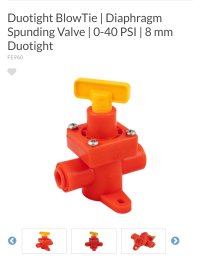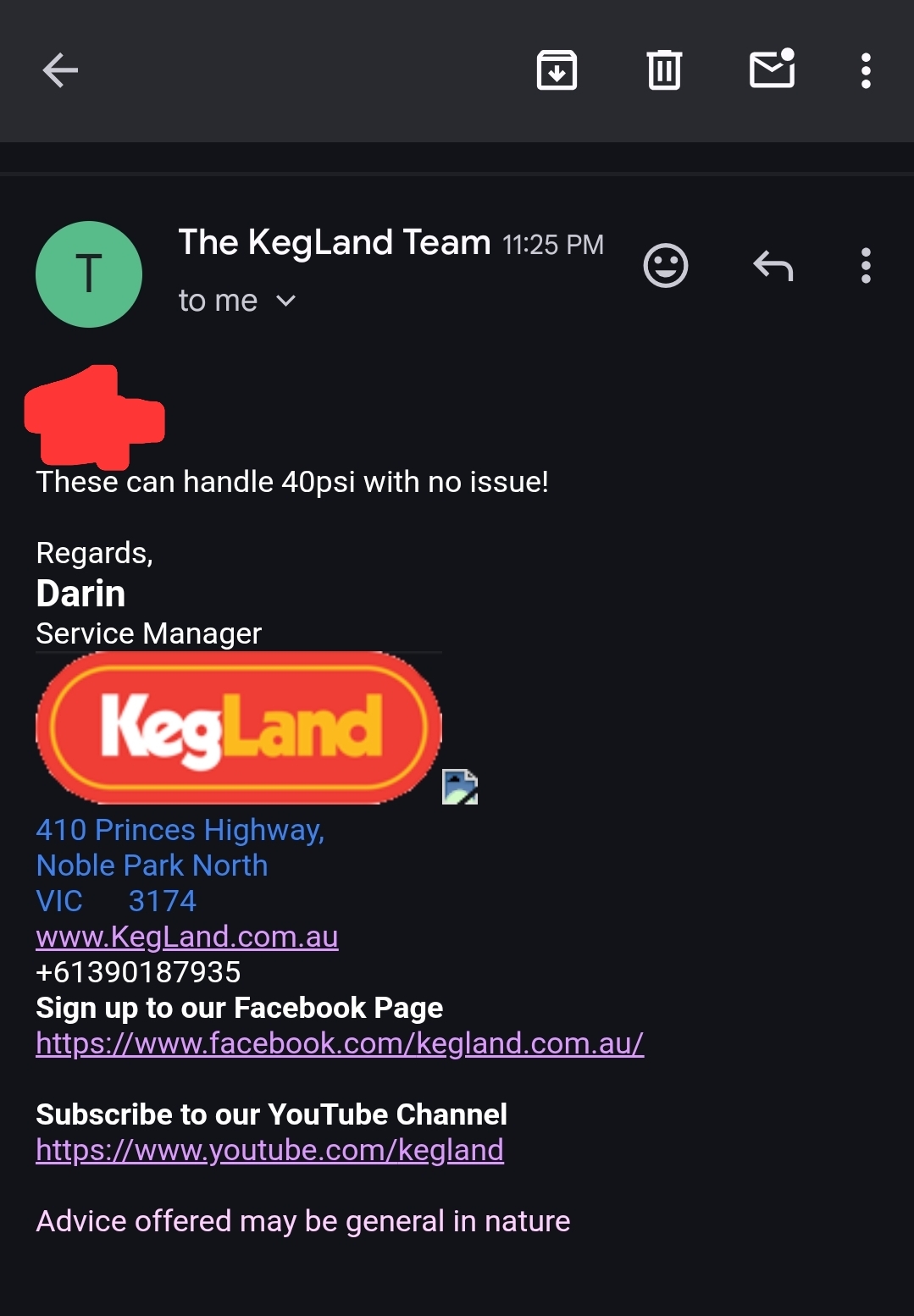The amount of pressure is up to you. There is no harm in doing a 'single pressure' beer where you ferment at your end carbonation level. For lagers and IPAs it is quite nice. I will relay that I know brewers that have gone to using 3 bar as their SOP as they like the flavors so much. They just open up the spunding valve towards the end of fermentation to stabilize the volumes of CO2 to match their end serving carbonation.
For me, I always do my IPAs at 2 bar - 32PSI - 70-72F. It takes more yeast but the hops pop. At that temperature, that is not far off of where I want to serve at using 45F. For lager, a lot of guys I know will ferment from 1 -2 bar @ 50F. If you ferment a lager around 15 PSI @ 50F you are pretty much done. All natural carbonation and no oxygen or fuss. Remember, pressure fermenting is not just about being able to ferment warm. It is also about trying to mimic the very large CVVs in pro breweries.
Just remember to use a lot more yeast if you do this approach. I would say double your pitch rate for ales and triple for cold lagers under pressure.
For me, I always do my IPAs at 2 bar - 32PSI - 70-72F. It takes more yeast but the hops pop. At that temperature, that is not far off of where I want to serve at using 45F. For lager, a lot of guys I know will ferment from 1 -2 bar @ 50F. If you ferment a lager around 15 PSI @ 50F you are pretty much done. All natural carbonation and no oxygen or fuss. Remember, pressure fermenting is not just about being able to ferment warm. It is also about trying to mimic the very large CVVs in pro breweries.
Just remember to use a lot more yeast if you do this approach. I would say double your pitch rate for ales and triple for cold lagers under pressure.
















![Craft A Brew - Safale S-04 Dry Yeast - Fermentis - English Ale Dry Yeast - For English and American Ales and Hard Apple Ciders - Ingredients for Home Brewing - Beer Making Supplies - [1 Pack]](https://m.media-amazon.com/images/I/41fVGNh6JfL._SL500_.jpg)











































